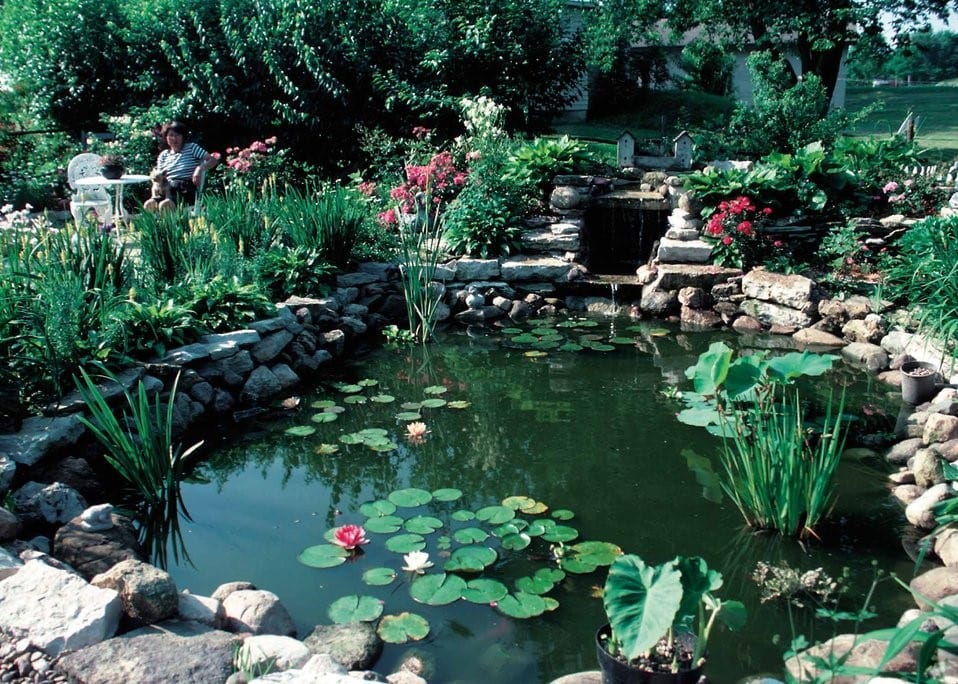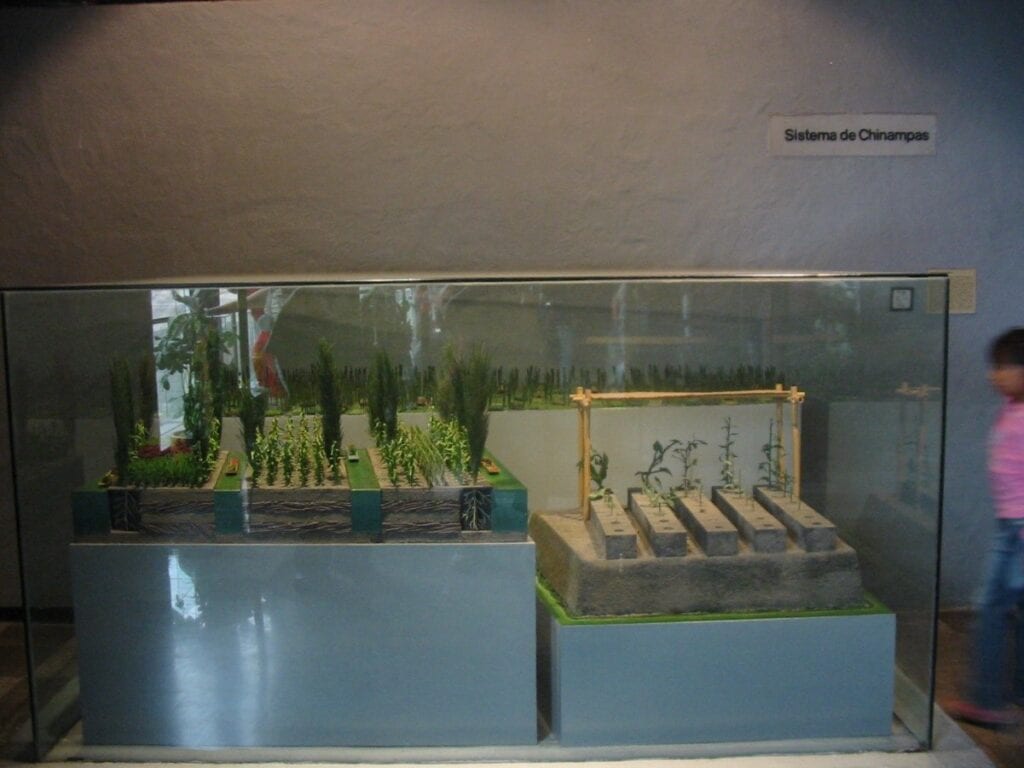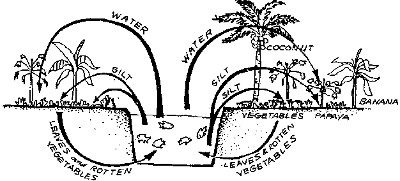Day 19: Backyard Aquaculture
Dear Student,
Aquaculture is the most productive form of traditional food production systems, capable of producing over 30 times the protein per unit of area that land-based livestock grazing can.

Productive aquaculture systems dating back thousands of years are still producing today. In fact, the most productive agriculture systems ever built were made by the Aztecs in Northern Mexico up to about 1,000 AD. Called chinampas, they were built where banks of earth were dug out of the swamps, creating narrow lagoons surrounding islands of productive land. The lagoons were planted with aquatic plants to feed the fish and humans, and the land banks were planted with other crops. Fish and crustaceans were farmed in the water, and their wastes were absorbed by the water and land-based crops.

This system provides for an endless cycle of highly nutritious food on a small area of land.
A homesteader with the correct fish species, climate, and correctly permaculture-designed pond could expect 4,000+ pounds of fish and shellfish per acre of pond per year, with little or no feeding required.
Only recycled farm wastes are necessary, and if you have an abundance of feed materials to supplement your fishes’ diet and are able to aerate the pond, much higher per-acre yields are achievable—up to 16,000+ pounds per acre per year.

Copyright: waldeneffect.org
Plus, many of the most productive food plants in the world happen to be aquatic plants, showing growth rates that dwarf most land-based foods, including taro, rice, water chestnut for humans, plus lotus, water hyacinth, and duck weed for animal feed.
By comparison, a milk cow would require 1 to 2 acres of good pasture for her and her calf but would only provide a fraction of the protein that the pond could, and wouldn’t provide any of the vegetative or starch-based nutrition the aquatic plants would.
Ponds require some expenditure to construct, either in time spent digging or funds to rent a machine or hire someone to do it for you.
